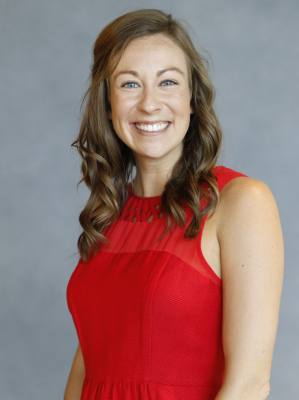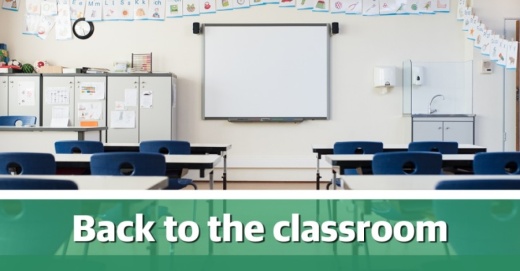“So far, we’ve had about a month of online school, and I’ve cried almost every day,” Talkington said. “The only thing I’ve learned is that I don’t have very good Wi-Fi.”
Talkington addressed the RRISD board of trustees via video conferencing during a Sept. 17 meeting. She, alongside a handful of parents and a RRISD teacher, expressed frustrations with the start to the fall semester.
Over 11,000 students returned to RRISD campuses this week as in-person learning resumed Sept. 15. Those students represent approximately 30% of the district’s student population, said Daniel Presley, senior chief of schools and innovation.
Presley further acknowledged that there have been “some challenges” but said the transition has been “mostly successful” overall.
Trustee Cory Vessa said she has heard positive feedback from parents of elementary-aged students. Many said they were initially concerned about social distancing and mask wearing for younger children. But their experiences over the first three days—in large part thanks to staff—have been reassuring, she said.
“The teachers are doing amazing,” Vessa said. “They are absolutely making lemonade out of a very lemony situation.”
One pain point is middle and high school in-person instruction. Peter Bradford, a parent of three RRISD students, said while his elementary-age children have mostly enjoyed their lessons—with time to be outside and interact safely with peers and teachers—his middle school-age son described on-campus learning as being similar to in-school suspension.
As it stands, middle and high school students who opt for in person learning complete their lessons in much the same way as their peers who are learning remotely, according to information provided by the district. Classroom educators are teaching virtual lessons rather than providing real-time instruction and feedback to in-person pupils. Simultaneously, students, such as Bradford’s son, are working independently on their devices.
“Basically, they’re all in a one-way lecture in person,” Bradford said. “There’s got to be a better way.”
For Talkington, the experience of working independently on campus is “more stressful” than completing lessons at home. Therefore, she has opted to remain a virtual learner at this time.
“I’m a 16-year-old woman,” Talkington said. “I don’t need to be babysat while staring at a computer screen. I’m willing to go back to school, and I should have the opportunity for it to be real school where I’m able to learn and be taught—not day care.”
Superintendent Steve Flores stressed the importance of reopening campuses cautiously. He asked for "patience and grace" as the district attempts to safely navigate successful learning options amid the pandemic.
“We heard from speakers tonight who talked about the middle and high school experience,” Flores said. “We understand their frustration. I feel their frustration. But at the same time, what we will continue to do is focus on the best decisions that experts, science and data suggest."
He added: "We don't want to get this wrong. We're not going to compromise on the safety of students or staff.”





